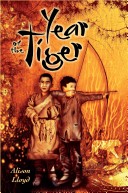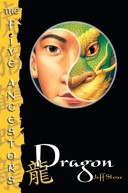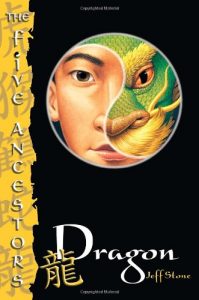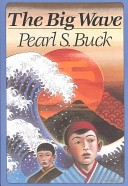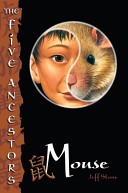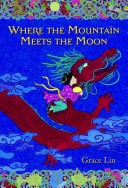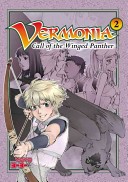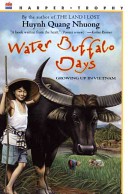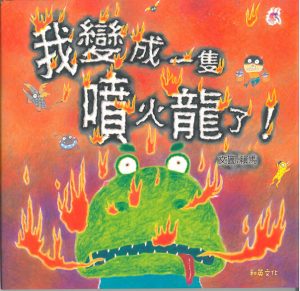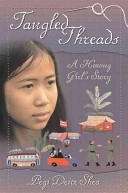
For the Hmong people living in overcrowded refugee camps in Thailand, America is a dream: the land of peace and plenty. In 1995, ten years after their arrival at the camp, thirteen-year-old Mai Yang and her grandmother are about to experience that dream. In America, they will be reunited with their only remaining relatives, Mai’s uncle and his family. They will discover the privileges of their new life: medical care, abundant food, and an apartment all their own. But Mai will also feel the pressures of life as a teenager. Her cousins, now known as Heather and Lisa, try to help Mai look less like a refugee, but following them means disobeying Grandma and Uncle. From showers and smoke alarms to shopping, dating, and her family’s new religion, Mai finds life in America complicated and confusing. Ultimately, she will have to reconcile the old ways with the new, and decide for herself the kind of woman she wants to be. This archetypal immigrant story introduces readers to the fascinating Hmong culture and offers a unique outsider’s perspective on our own.
This book has been included in WOW’s Language and Learning: Children’s and Young Adult Fiction Booklist. For our current list, visit our Booklist page under Resources in the green navigation bar.



